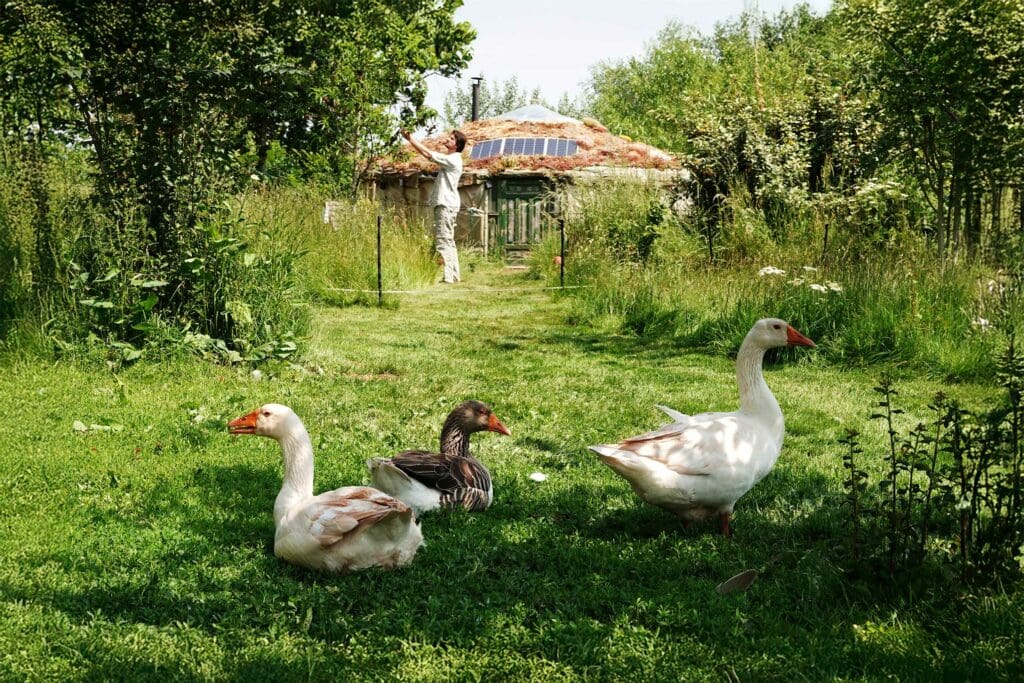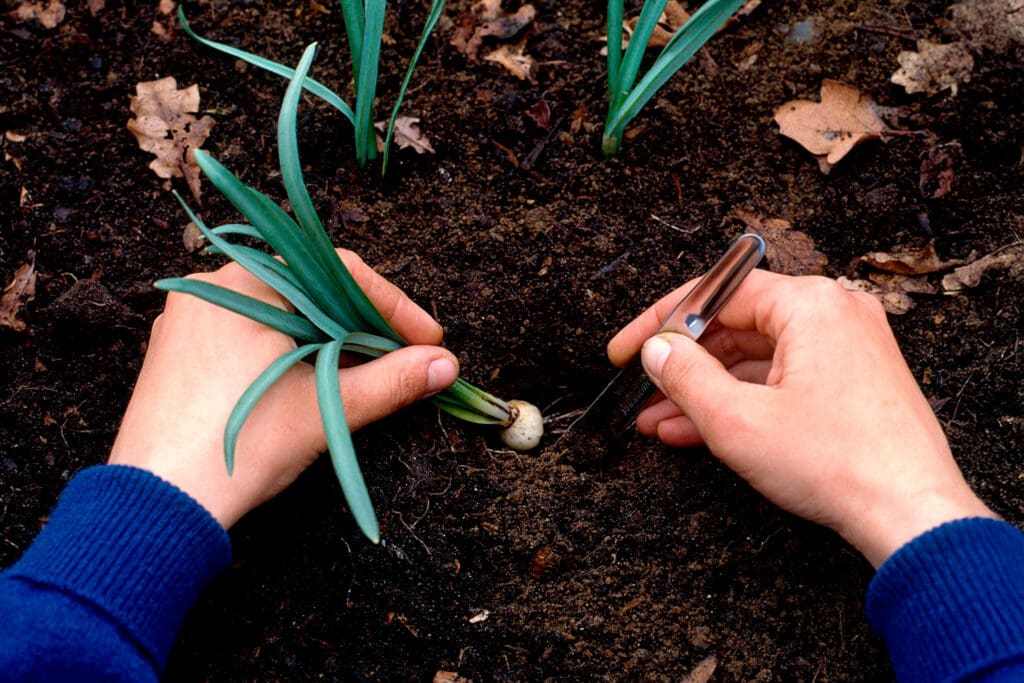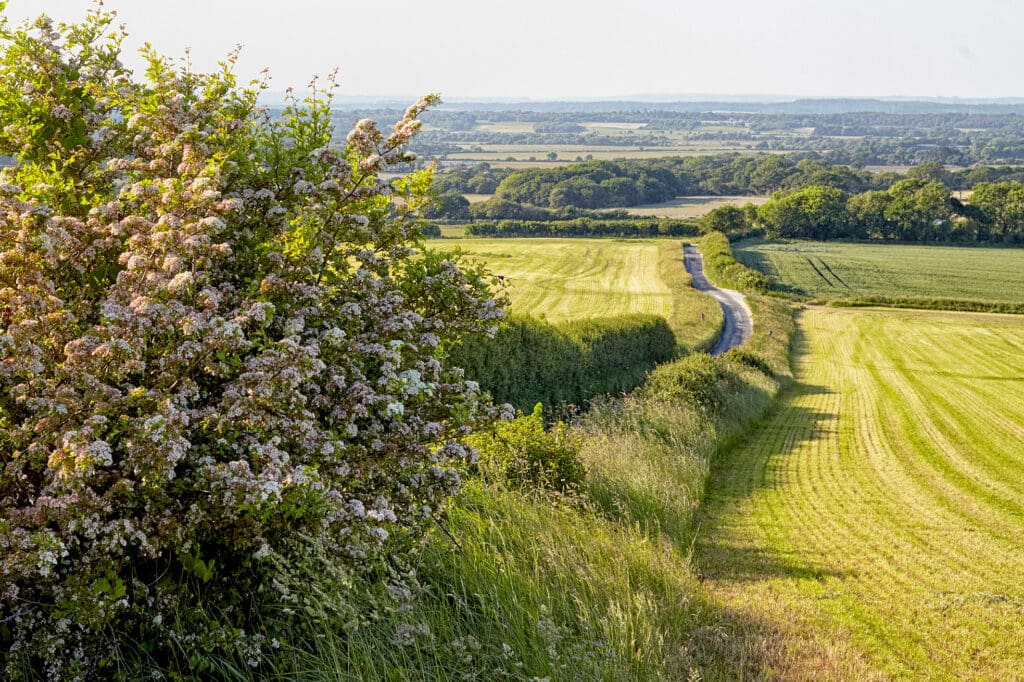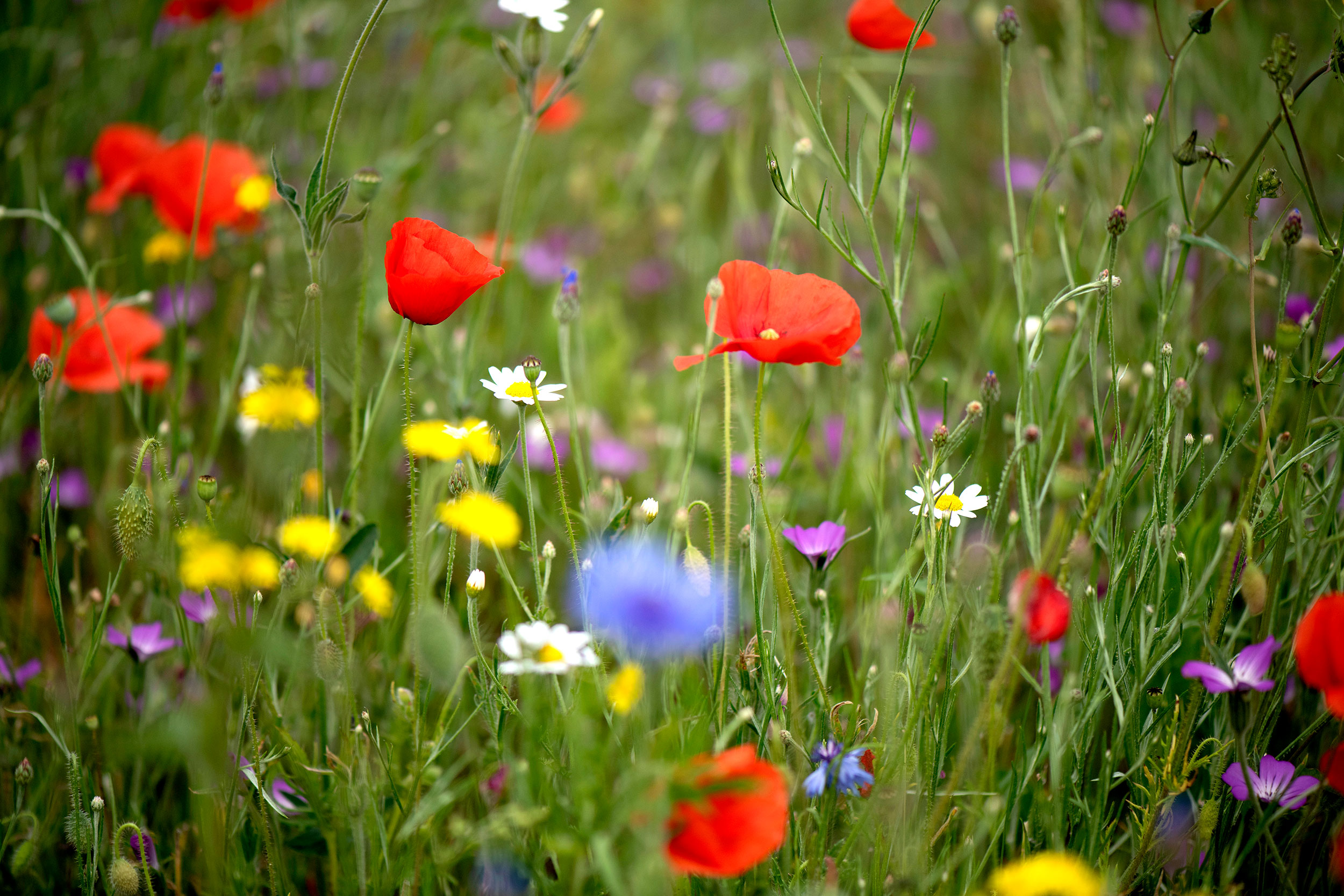Don’t mow your lawn (or at least a part of it) each May to give wildflowers a chance to bloom and long grasses a chance to grow. This will provide a feast, home and shelter for wildlife. It also helps to reduce heat retention and to soak up excess water.
Since the 1930s, 97% of wildflower meadows in the UK have disappeared, so gardens are a life-saving bridge and boost for wildlife. For the rest of the summer, mow your lawn only once every four to eight weeks in different patches and allow taller species to flower and set seed.
An autumn cut-and-collect helps set next year’s flowers off to a good start, and uncut tussocks provide shelter over winter. Start a revolution for wildlife in your neighbourhood! Learn more about No Mow May on the Plantlife website.

Garden for nature
From building bug hotels to growing wildlife friendly flowers, there are so many ways you can help plant life, and therefore wildlife, in your garden. Follow easy guides and get top wildlife gardening tips on the RSPB website.

Learn how you can help bring more wildlife to your garden. Photo: Rosemary Despres (rspb-images.com)
You might also like

Enter a sustainable Somerset forest garden

Going underground with bulbs



